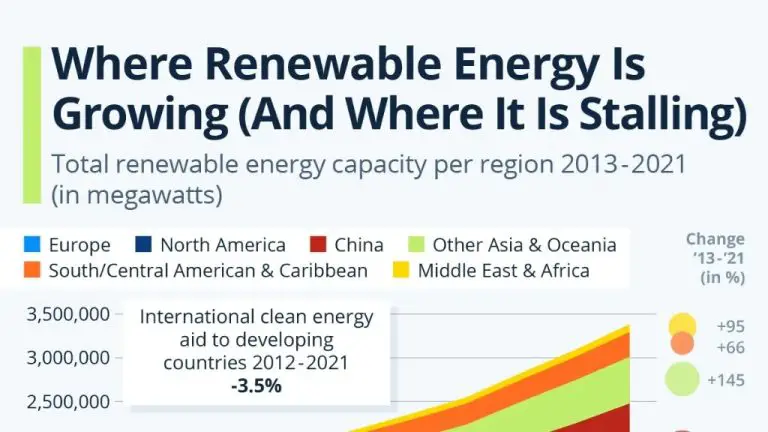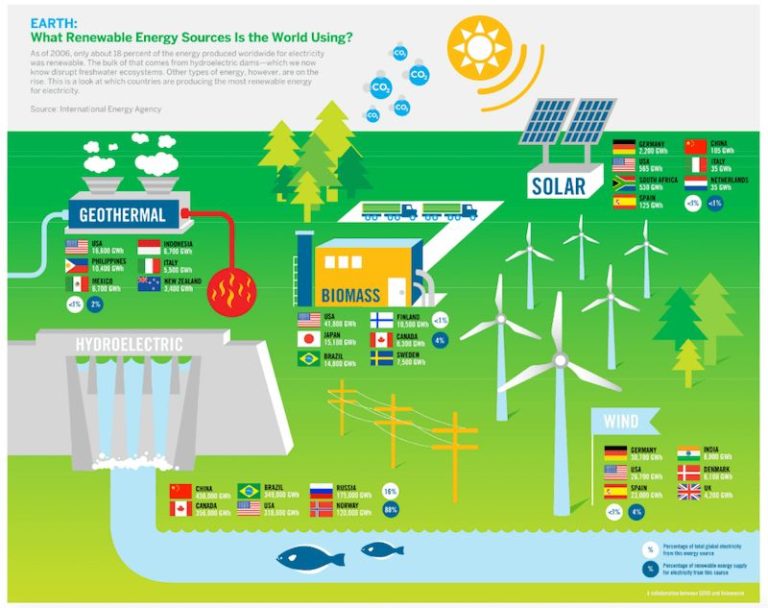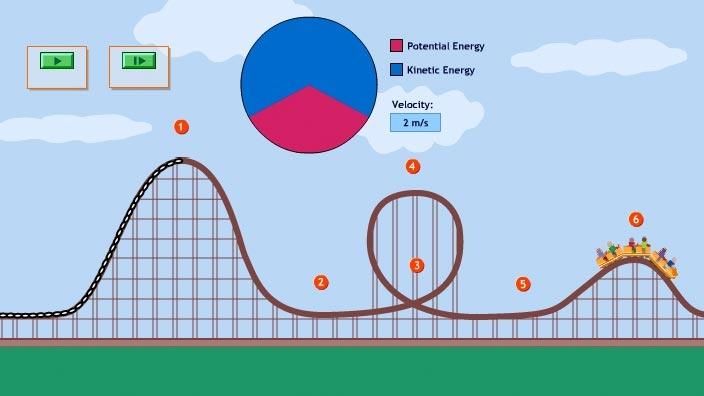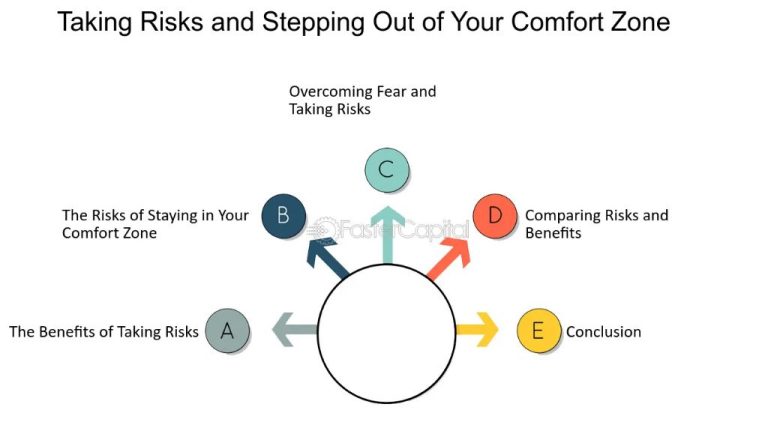Are Renewable Energy Sources Not Often Sustainable?
Renewable energy sources like solar, wind, hydroelectric, geothermal and biomass offer a sustainable way to meet our energy needs while reducing dependence on fossil fuels. But despite the clear environmental benefits of renewables, some argue they are too intermittent, require too much land area, or are too expensive to scale up as a replacement for conventional power plants. However, with smart grids, energy storage, and technological improvements, renewable sources are realistic options for a sustainable energy future.
What is Sustainability?
Sustainability is generally defined as meeting the needs of the present without compromising the ability of future generations to meet their own needs. It involves the balanced integration of environmental, economic, and social considerations – known as the three pillars of sustainability:
Environmental Sustainability – Utilizing resources efficiently to preserve the natural environment and limit pollution and climate change. This includes protecting ecosystems, biodiversity, and natural resources like water, soils, and forests.
Economic Sustainability – Generating prosperity at different levels of society and addressing the cost effectiveness and economic viability of social, environmental and financial capital. It’s about maintaining a diverse economy that equitably distributes resources.
Social Sustainability – Ensuring human rights are respected and basic needs are met. It focuses on aspects like quality of life, equitable access to resources, reducing conflict, health and wellbeing, and inclusive participation in governance.
A sustainable approach balances all three pillars to develop solutions that protect people and the planet both now and in the future.
Common Renewable Sources
There are several common types of renewable energy sources that are growing in use globally:
Solar
Solar power harnesses energy from the sun through solar panels that contain photovoltaic cells. These panels convert sunlight into direct current electricity. Solar energy can be used for heating, electricity, and more.
Wind
Wind power utilizes wind turbines that are rotated by the kinetic energy of wind, which generates mechanical power. This rotational energy is converted into electricity by a generator. Wind farms with multiple turbines are increasingly used.
Hydroelectric
Hydroelectric power converts the energy from flowing water moving from higher to lower elevations into electricity via turbines connected to generators. Dams are often built to create reservoirs and control water flow.
Geothermal
Geothermal energy taps into the natural heat beneath the earth’s surface to generate steam which drives electric generators. This heat can also be used directly for heating buildings, greenhouses, and water.
Biomass
Biomass energy utilizes organic matter like plants, wood waste, and crops to produce electricity, heat, fuels, and biogas. Burning biomass releases stored energy from photosynthesis. Anaerobic digestion of biomass produces methane gas.
Environmental Sustainability
Many renewable energy sources are considered environmentally sustainable because they produce little to no emissions during operation. Sources like solar, wind, and hydropower generate electricity without burning fossil fuels, the combustion of which releases pollutants like particulates, nitrogen oxides, and greenhouse gases. By avoiding fossil fuel combustion, renewables can significantly reduce air pollution and associated health effects compared to conventional power plants.
Some renewables like wind turbines and utility-scale solar farms do carry environmental impacts from raw material extraction, manufacturing, and facility construction. However, most assessments find the lifecycle emissions from renewable sources to be far below those of fossil fuels. Hydropower facilities also transform natural waterways, affecting local ecosystems. But implemented conscientiously, renewables present a huge opportunity to generate power with minimal disturbance to the environment.
Critics argue renewable facilities themselves cause local environmental damage, such as wind turbines disrupting habitats. While true in some cases, research shows such impacts can often be avoided or mitigated through careful siting, planning, and management practices. Compared to the existential threat of climate change if fossil fuel dependence continues, the potential local impacts of renewables appear minor.
In summary, renewable sources are widely considered more environmentally sustainable than conventional fossil fuels because they emit little to no air and climate pollutants. Remaining impacts can frequently be minimized through thoughtful facility siting and ecological stewardship.
Economic Sustainability
The adoption of renewable energy sources can have a positive impact on the economic sustainability of a region or country by promoting job creation, price stability, and energy independence.
The renewable energy industry stimulates job growth as new solar parks, wind farms, hydropower facilities, and biomass plants are constructed. Installers, technicians, and maintenance workers are needed to build and operate renewable energy infrastructure. In the United States alone, more than 500,000 people already work in the solar and wind industries. Further investment and expansion of renewable energy is projected to create millions more jobs globally.
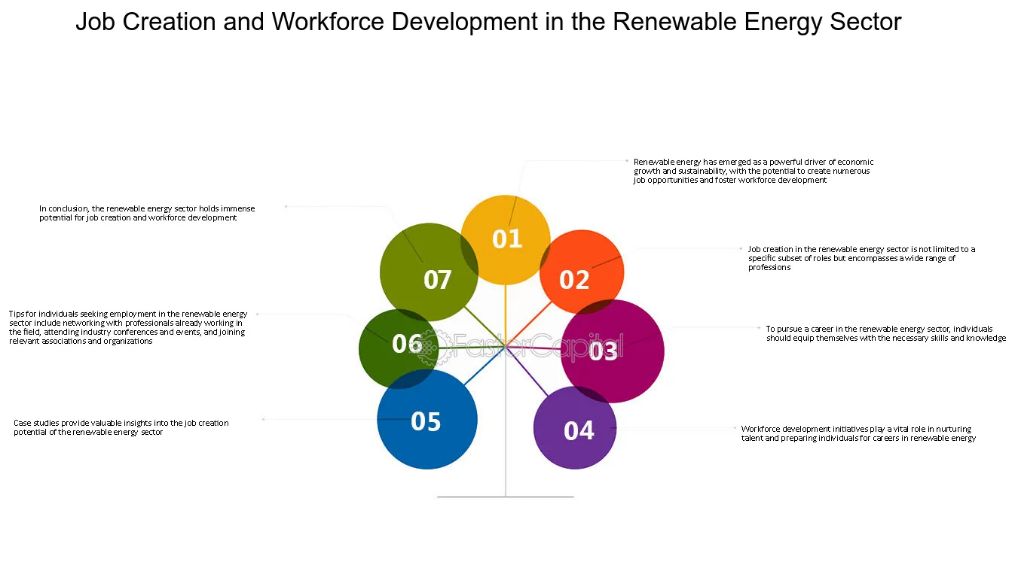
Renewable energy from sources like the sun, wind, and water has very low operating costs compared to fossil fuels. This buffers electricity prices from fossil fuel price volatility, providing more stable and predictable energy pricing in the long run. Countries relying heavily on imported coal, oil, and natural gas can also improve energy independence and security by transitioning to domestic renewable resources.
Overall, scaling up renewable energy not only reduces environmental impacts, but can provide economic benefits through local job creation, affordable and stable energy pricing, and greater energy self-sufficiency.
Social Sustainability
In addition to environmental and economic sustainability, it’s important to consider the social sustainability of renewable energy sources. Access to clean, modern energy can greatly improve public health, quality of life, education and more in communities around the world.
Billions of people globally still lack access to electricity. Renewable energy systems like solar panels, small wind turbines, and micro-hydropower can provide electricity access to rural and remote areas where extending the grid is too expensive. Decentralized renewable power systems empower communities to generate their own power, improving energy access, independence and resilience.
Burning solid fuels like wood, dung and coal for cooking and heating causes nearly 4 million premature deaths annually due to indoor air pollution, disproportionately affecting women and children. Transitioning to clean cooking with renewable electricity or fuels like biogas can greatly reduce this health burden.
By replacing polluting energy sources, renewable power improves outdoor air quality as well, resulting in reduced respiratory and cardiovascular diseases. The public health benefits of clean energy are substantial.
Overcoming Intermittency
One of the main challenges with renewable energy sources like solar and wind is their intermittency – energy production fluctuates based on weather conditions and time of day. To overcome this, several solutions have emerged:
Energy Storage
Storing excess electricity when production is high for use when production is low is key. Battery storage, pumped hydro storage, compressed air storage, and molten salt storage are some technologies being utilized. At grid-scale, these help smooth out supply and demand imbalances. Behind-the-meter storage also allows consumers to make the most of onsite renewable generation.
Grid Integration
Upgrading transmission infrastructure, forecasting renewable output, expanding demand response capabilities, and implementing smart grid technologies can help manage the variability of renewables. Spreading renewable generation over larger geographic areas also helps balance out intermittency.
Forecasting
Improving forecasting of renewable output allows grid operators to schedule the appropriate amount of conventional generation ahead of time. Combining statistical and meteorological models with real-time monitoring has driven major advancements in renewable forecasting accuracy.
Managing Land Use
Even though renewable energy can have environmental and economic benefits, certain renewable sources like wind, solar, and hydropower can have large land requirements. For example, wind and solar farms can span hundreds or thousands of acres of land. However, through proper siting and utilizing multi-use spaces, the land impact of renewables can be minimized.
When planning renewable energy projects, priority should be given to locating them on previously degraded or marginal lands, like abandoned mining areas, instead of lands with high ecological value. Siting should also take into account impacts on local communities and habitats. Spacing out wind turbines and solar panels can help reduce land use impacts compared to densely packed projects.
There are also opportunities to utilize the same land for multiple purposes through agrivoltaics and aquavolonics systems. These co-locate solar panels with agricultural operations like crop growth or fish farming. The panels provide shade and reduce water needs for the agriculture underneath while the land still generates renewable electricity. More creative solutions like parking lot solar canopies, rooftop solar, and offshore wind also reduce competition with other land uses.
Overall, proper siting, spacing, and dual-use projects can minimize renewable energy’s land footprint. But it requires careful planning and evaluation of tradeoffs between energy generation, economics, and environmental impacts.
Transitioning from Fossil Fuels
The transition from fossil fuels like coal, oil, and natural gas to renewable energy is crucial for meeting sustainability goals. However, this transition requires overcoming economic and workforce challenges.
Many fossil fuel workers and communities are economically dependent on coal mining or power plants. Phasing out coal and gas requires retraining these workers for jobs in renewable energy or other fields. Government programs can provide funding for reeducation, job placement services, and economic redevelopment in affected regions.
Fossil fuel companies may resist transitioning despite renewables becoming more cost-competitive. Governments can implement carbon pricing to incentivize the shift. They can also set deadlines for phasing out fossil fuel vehicles, power plants, and heating systems.
The renewable transition brings environmental and health benefits from reduced pollution. But it must be managed carefully to minimize economic disruption for workers and communities. With proper policies and job training programs, fossil fuel workers can transition to clean energy jobs and ensure the shift is equitable and inclusive.
Conclusion
In conclusion, renewable energy sources often face sustainability challenges, but they remain our best path forward to reducing fossil fuel dependence and mitigating climate change. Although intermittent power generation from sources like solar and wind presents technical hurdles, smart grid technology and energy storage solutions are unlocking their viability. Thoughtful site selection and land management can minimize environmental impacts. The renewable transition requires substantial investment and policy support, but falling technology costs make them more affordable every year. With intelligent implementation, renewable energy can provide clean, affordable and reliable power to meet society’s needs today and into the future.
The world must accelerate the transition from polluting fossil fuels to sustainable renewable sources. While no energy solution is without tradeoffs, renewables present our best hope for protecting the planet while powering modern civilization. Citizens and policymakers should continue supporting renewable technology deployment, infrastructure development, and further innovation to overcome remaining limitations. Together we can build an energy system that sustains the environment, economy and all people.

